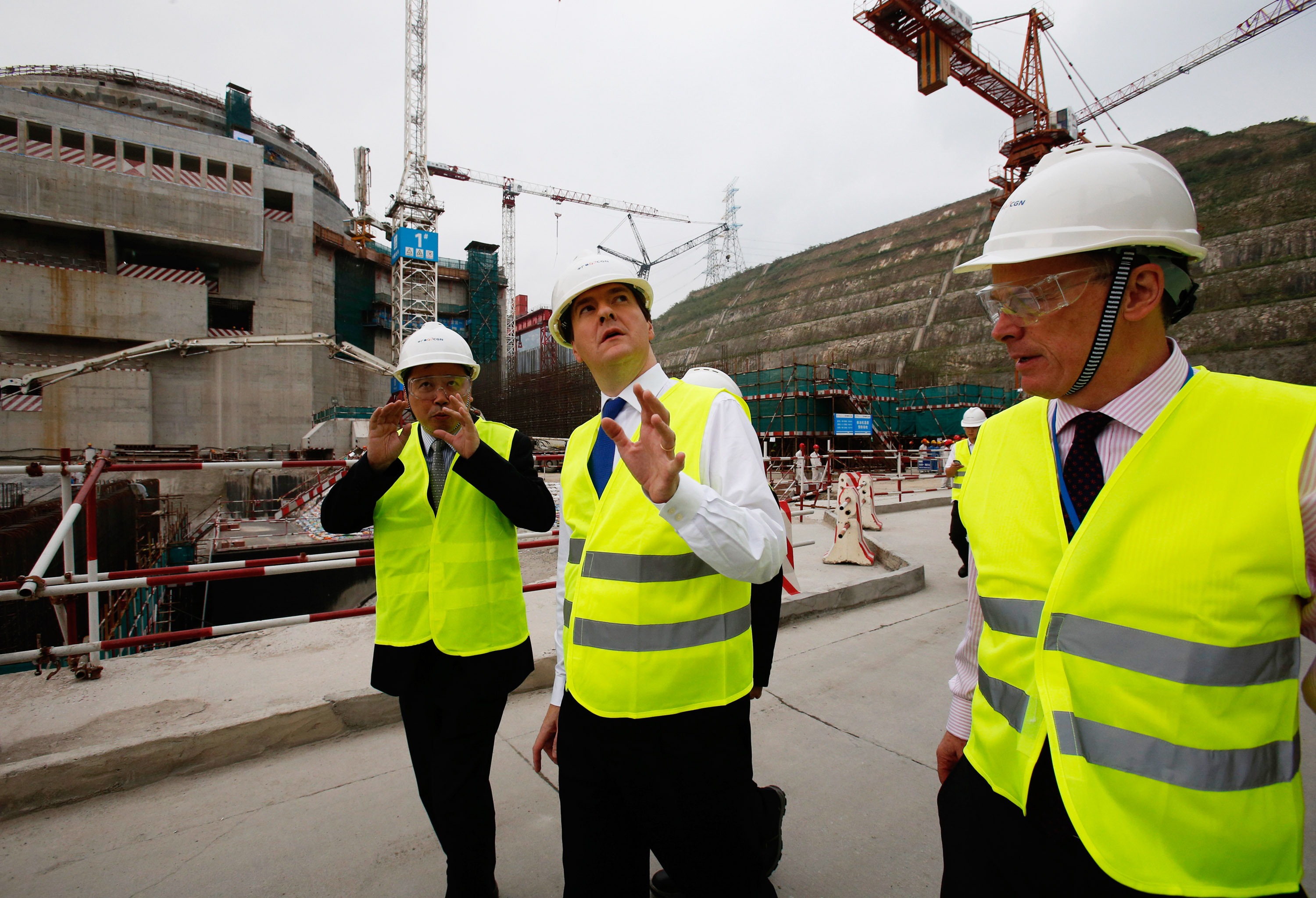Factcheck: Does the UK chancellor know how much Hinkley costs?

The UK’s Finance Minister has claimed that the country’s first new nuclear power station is the cheapest form of low-carbon generation available.
Chancellor of the Exchequer George Osborne made the claim as he appeared in front of the House of Lords Economic Affairs Committee yesterday in their “annual evidence session”.
In the session he also suggested that the UK taxpayer doesn’t really bear any of the risk should the reactor design used by French state owned builders, Areva, turn out to be a dud.
These are fairly clear claims – they also aren’t true.
It’s important to be clear that we are not talking about the relative costs of nuclear and renewables in various economic models – but the actual costs of particular projects.
Hinkley has been christened by the FT the “biggest and most controversial infrastructure project in Europe”. It has also been named as the “most expensive object ever built” – at least on planet Earth as it appears the International Space Station is more costly.
It is therefore rather disturbing to have him seemingly coming out with complete nonsense during parliamentary evidence.
No risk?
First his suggestion that UK taxpayers “don’t bear the risk – it’s for EDF and its shareholders” and later that UK is “not bearing construction risk or design risk”.
It’s true that we are not bearing all of the risk – some does lie with EDF through it’s subsdiary New Nuclear Power (NNP).
But UK is substantially underwriting the project through the government’s Infrastructure Guarantee Scheme which may be offered, for example, to Chinese state investors who don’t want to take a risk.
The National Audit Office said earlier this year that UK infrastructure guarantees are “up to £17 billion for Hinkley Point C nuclear power plant” out of a total construction reported by the EU Commission at £24.5 billion.
Under some circumstances if the Hinkley project is started but abandoned, or doesn’t work when completed, then UK citizens will be required to come up with that £17 billion, just over two thirds of the projected cost. That, after all, is the point of a guarantee.
Cheaper?
Secondly the Chancellor said Hinkley was “substantially cheaper than any other low carbon technology” going on to clarify that it was cheaper than onshore and offshore wind in particular.
He may be 50% right (about offshore) the costs for that by the mid-2020’s are hard to gauge and may well be higher – but he’s really quite wrong when it comes to onshore.
The International Renewable Energy Agency have already done a UK-specific calculation on this (see Fig 2.10 p42) which finds the cost of onshore wind to be far lower (see chart). Importantly the calculation included the costs of managing intermittency.

But leaving models aside any case casual inspection of what UK Government is actually doing would show his statement to be untrue. Onshore wind and ground-based solar projects have bid and been awarded UK Government contracts at a price of around £80 per MWh, but the price for Hinkley is £92.50/MWh (although curiously the Chancellor regarded this as still subject to negotiation.
Given the problems the EPR design for Hinkley has been encountering in construction in France and Finland it seems very unlikely the costs will be going down).
Essentially the Chancellor would appear to be either misleading a Parliamentary committee, or has a very poor grasp of the facts in relation to the biggest contract his Government is likely to sign.

